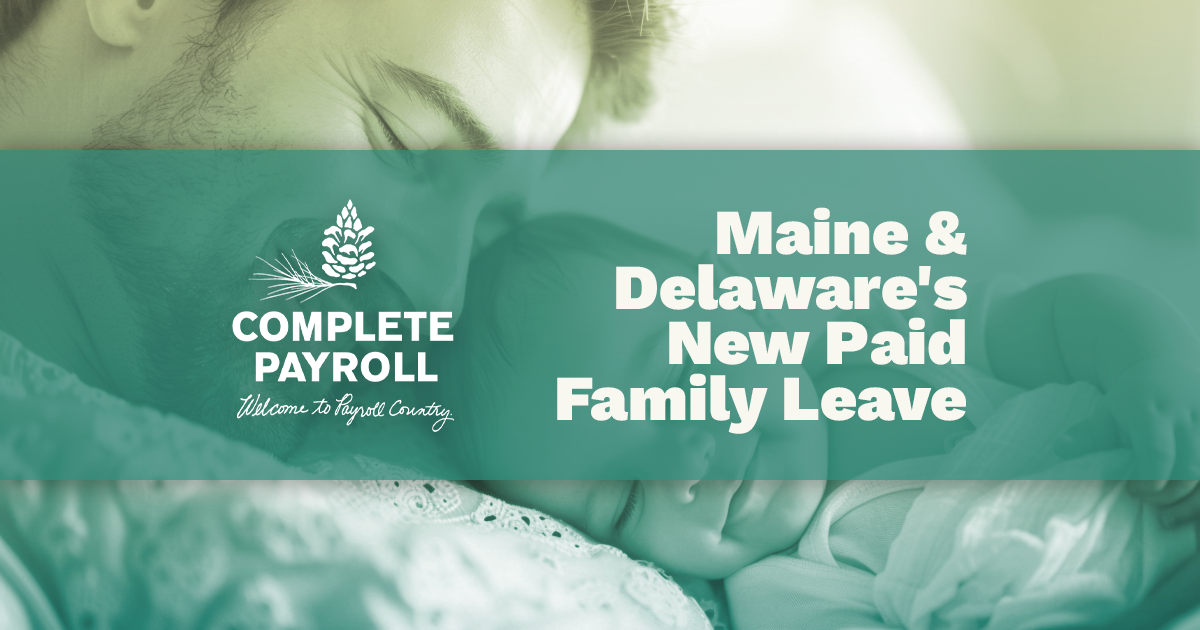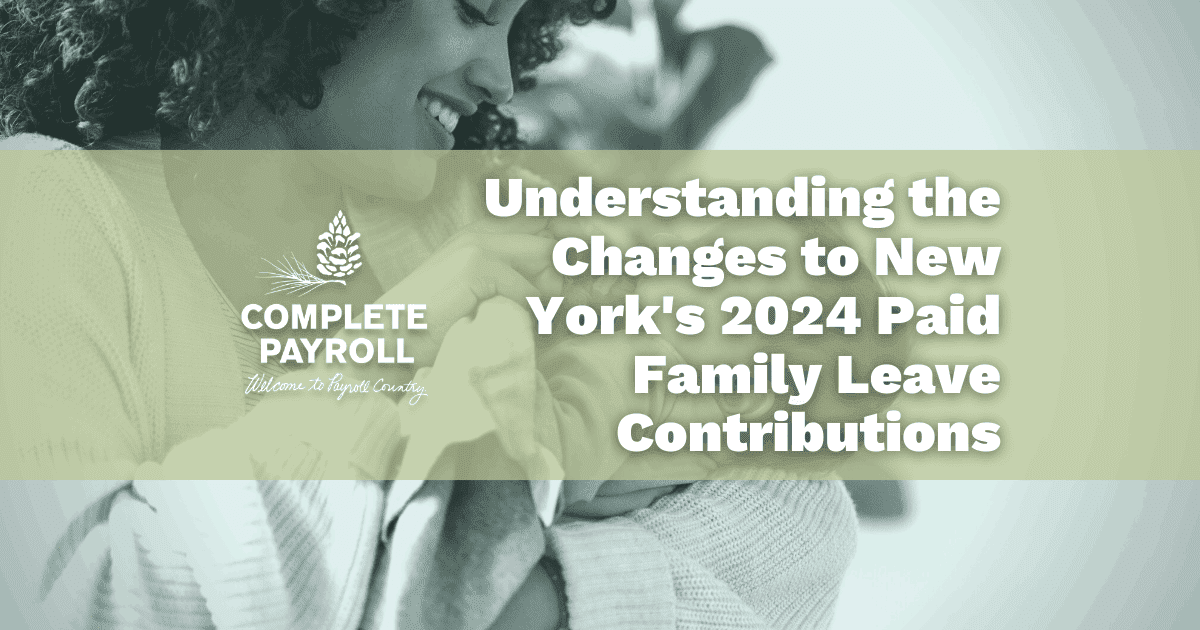What to Consider When Drafting a Parental Leave Policy

Written by Complete Payroll


When considering your company’s benefits package, make sure to keep in mind that, in a survey, 60% of American employees said that benefits were their No. 1 reason for staying in a particular job. What does this mean for you? It means that your benefits package is likely going to be what drives up your employee retention numbers.
One of the more important benefits that you can offer is parental leave. Although 86% of Americans do not have access to paid parental leave, it is something you should absolutely consider for the good of your employees and the good of your company.
If you’re considering writing a parental leave policy for your company, there are many things you should keep in mind both from a legal standpoint and a company culture standpoint. Here are some of our best tips for drafting a parental leave policy that will cover your company from both of these angles.
1. You Choose the Eligibility Requirements
Since the United States doesn’t have federally mandated parental leave guidelines, it is the right of each individual employer to determine who is entitled to parental leave. For example, it is your right to choose how much time an employee has been with your company before they qualify for parental leave.
In addition, you may also consider requiring that the employee:
- Be a full- or part-time employee.
- Have given birth to a child.
- Be a spouse or committed partner of a woman who has given birth to a child.
- Have adopted a child or been placed with a foster child.
2. Leave for Moms and Dads Can Look Different
Though parental leave should be extended to both moms and dads, some companies choose to give less time.
It goes without saying that a mother’s experience with having a child is vastly different from a father’s, with the nine months of pregnancy, the toll of childbirth and the aftercare needed to heal. Therefore, when it comes to maternity leave vs. paternity leave, it is not discriminatory to give mothers extra time to physically recover on top of bonding with the infant. That said ...
3. But in Some Ways, It Must Look the Same
While a mother who gives birth qualifies for additional time for healing through short-term disability, an employer cannot give unequal time between men and women for bonding time with their infant.
Just ask cosmetic giant Estee Lauder. In 2018, Estee Lauder was forced to pay $1.1 million to settle a lawsuit filed by the Equal Employment Opportunity Commission (EEOC). The EEOC filed on behalf of 210 male employees who claimed sex discrimination because men were given less time to bond with infants or adopted children than women.
When looking at your own policy, make certain that you are clear in offering men and women equal time for bonding with a new child.
4. Consider Staff Morale When Exhausting Other Paid Leave
It is perfectly allowable for employers to require employees to take other forms of paid leave (vacation or sick days) before they can collect parental leave pay. However, you may want to consider employee morale if you’re thinking of making this part of your policy.
Employees bringing a new child into the world may find a great deal of comfort having some banked days for the inevitable illnesses a child will get or other needs that having a child creates.
If you do decide to require accrued time to be used first, make sure you have the same requirement in place for employees taking other forms of medical leave to avoid discrimination.
5. Seek Legal Counsel
The United States is one of only a few countries that have no requirements when it comes to paid maternity leave. But that doesn’t mean that leave that is offered by an employer is free and clear of any regulations and restrictions.
The ins and outs of parental leave are left to the states to guide, so make sure you are fully aware of all laws in your state that govern this matter. Seeking counsel from your law team would be the best way to make sure your policy draft is free and clear of any regulations that may cause trouble down the road.
Attracting the best employees is at the forefront of every company’s mind to ensure productivity and workforce stability. One of the best ways you can attract the best candidates is by offering a competitive parental leave benefits package.
If you’re looking to add this kind of policy to your employee handbook, let our team at Complete Payroll help you. Contact our professionals for one-on-one guidance in drafting a parental leave policy or any kind of policy. We can help you make sure your policy is not only legally sound but clear for your team as well.
















 Get Instant Blog Notifications
Get Instant Blog Notifications


